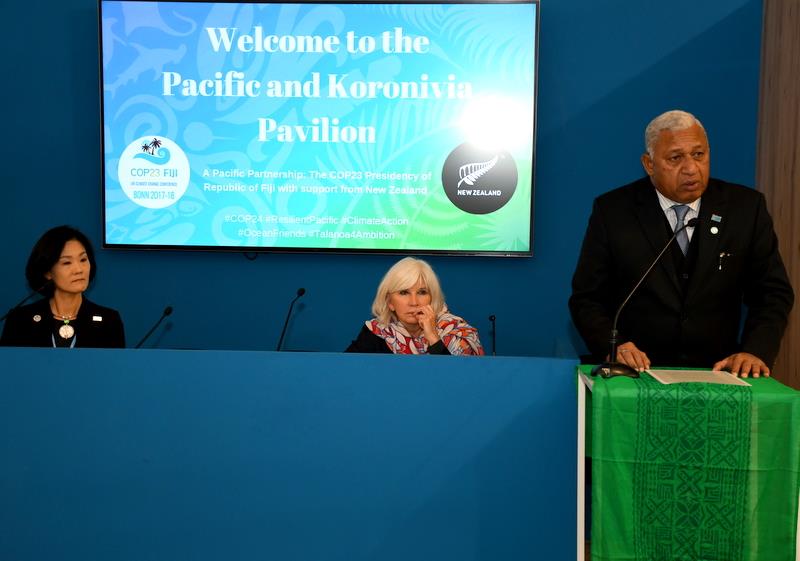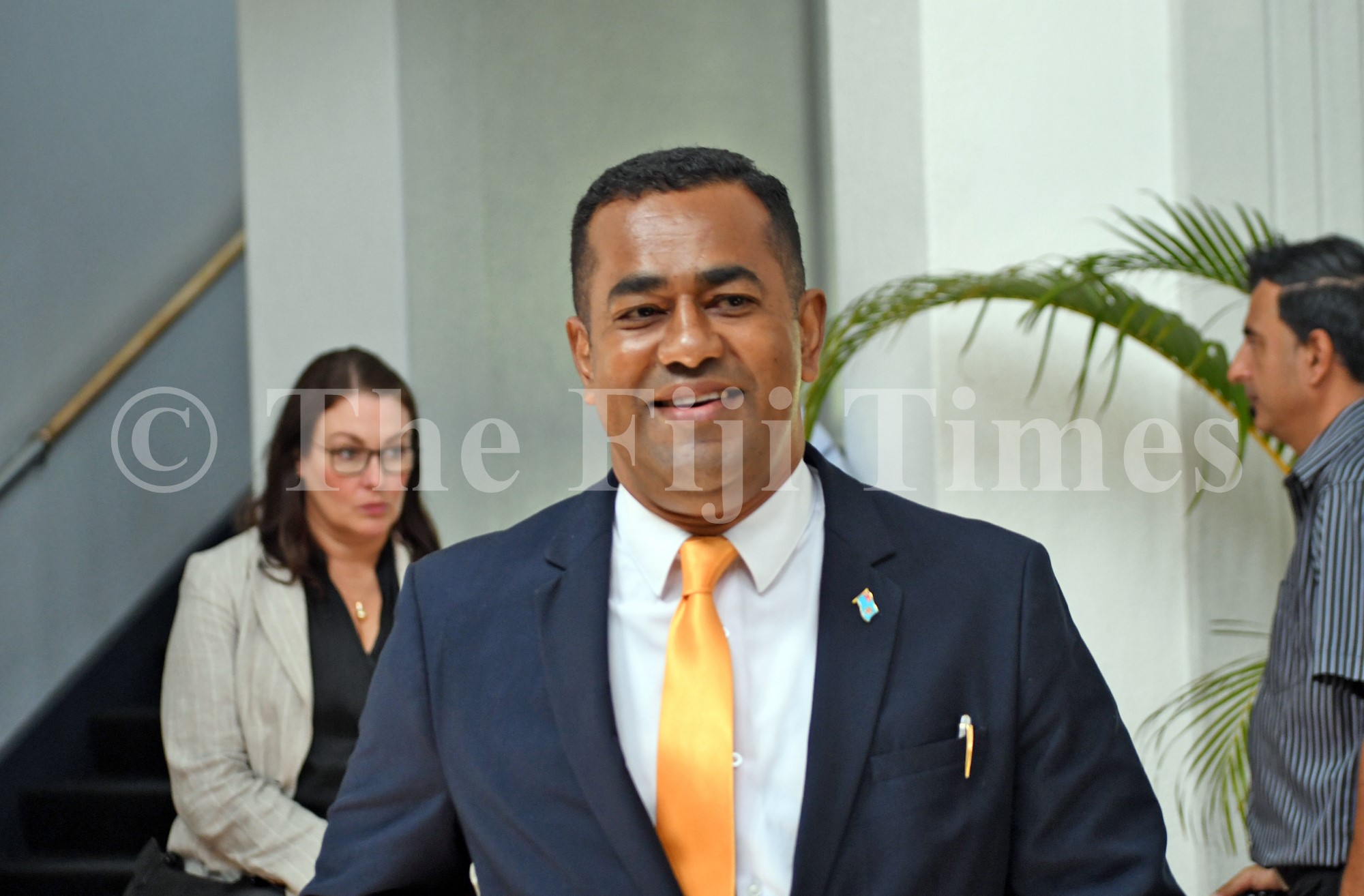FIJIAN Prime Minister Voreqe Bainimarama today launched the country’s Low Emission Development Strategy, a document which looks at ways of making further cuts to emission.
Launched at the Koronivia and Pacific Pavilion in Katowice, Poland, Mr Bainimarama said Fiji was now the 11th nation to have submitted such a plan to the UN in line with Article 4 of the Paris Agreement.
According to Mr Bainimarama, it involves an economy-wide assessment of emission sources to identify where Fiji can make further cuts.
“Our Low Emission Development Strategy is a living document designed to inspire action that we can add to at any time on the journey that will take us to net zero carbon emissions by 2050 or sooner,” he said.
“No Pacific island nation has ever undertaken such a thorough or comprehensive study on an economy-wide, low carbon development strategy.
“But we haven’t done this on our own. And I want to pay particular tribute to the Global Green Growth Institute for the technical expertise it has provided for this and other projects in Fiji.”
The strategy sets out four possible carbon emission scenarios for Fiji that become progressively more ambitious in scale depending on whether the country can secure the necessary finance.
-
The Business as Usual Unconditional scenario is existing measures already being addressed by the Fijian Government.
• The Business As Usual Conditional scenario is national policies that require external funding.
• The High Ambition Scenario is what it says: We can achieve deeper cuts in carbon emissions with substantial external funding, resources and capacity building.
• And the Very High Ambition scenario is what we would like to do with maximum external support and investment. In this scenario the Fijian economy can be net zero by 2041 and from then produce net negative emissions – with our trees and mangroves drawing down more greenhouse gases from the atmosphere than we add through our industry. This is an exciting prospect – not just minimising damage, but aiding the task of repairing the atmosphere already dangerously overloaded with heat trapping gases.
Mr Bainimarama said the strategy had undergone extensive consultations between the technical experts, government agencies, the private sector and civil society.
“To be Number 11 ahead of 186 other nations to come up with such a comprehensive plan is a wonderful achievement for Fiji,” he added.





